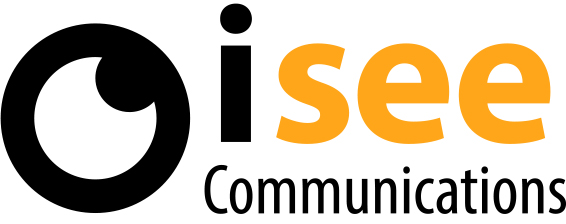Understanding Project Costs
One of our most important responsibilities to our clients is helping them understand the main cost drivers so they can make cost-effective decisions about their marketing and communications plans. For any given video, it is often possible to complete the project within a range of price points. The “right” approach depends on your branding and messaging needs, and your budget. We can help you find the right balance.
When it comes to producing video content, the biggest cost drivers are time and equipment.
Production Costs = Time + Equipment
TIME: The most important cost driver is time, which refers to the number of days required to create the project and not the length of the video itself. There are several different stages of production, and each stage takes time.
1. Content Strategy and Planning Time: Before we start filming it is important to understand your brand and messaging needs. Smart planning can help save time and money on production and post-production, minimize disruption for you and your team, and ensure the best possible end product.
2. Production Time: This is the amount of time spent filming. Typical shoots require a crew of 1 to 3 people, but complex shoots may require more. The number of days required to complete a shoot will depend on what images and interviews are being captured, the number of locations, and the complexity of the shoot. The total production time = people x hours.
3. Post-Production Time: Includes editing, creation of motion graphics, and the review and approval process. The time required for this step will vary depending on the nature of the project. For example, editing clips into a musical montage can be accomplished relatively quickly, while reviewing unscripted interview footage can take much longer.
The amount of time required to complete each phase of production will vary depending on the details of each project but more time will always lead to a higher quality end-product.
More time planning ensures that we deliver the video you need as efficiently as possible.
More time in production means more, higher-quality images.
More time in post-production means greater attention to polishing every detail.
But we’re realists: we know you are working within a budget. So we’ll work with you to create a video that is the right size for your budget and communications needs and goals. We’ll help you consider the various trade-offs in planning, production, and post-production to deliver the most impactful video within your budget.
EQUIPMENT: The “right” amount of equipment depends on the story we’re trying to tell. There are a few guiding principles that help us determine what equipment to bring to a project.
• We want you and your facilities to look good. Skilled lighting makes a huge difference.
• We want the video to be interesting. Adding controlled motion with camera stabilizers and cranes makes your video more dynamic and engaging.
• We want your videos to sound great. Eliminating unwanted background noise helps viewers focus on your message.
Depending on the environment and video style, a single camera may be all that is needed. But if the video needs to convey professionalism and attention to detail, it may be worthwhile to invest in higher production quality.
OTHER COSTS: While time and equipment make up most project costs, there are a few other smaller contributors to project costs.
• Licensing Costs: ISC often licenses copyrighted music to include in videos. Occasionally, ISC licenses stock footage when it is impractical or cost-prohibitive for ISC to film the footage ourselves. Typically, these are less than $100 per license and ISC will always allow you to approve the costs in advance.
• Voiceover Costs: While ISC often uses the voices of actual employees, supporters, customers, etc., it is sometimes necessary to use a professional voiceover artist.
• Travel Costs: ISC includes travel costs in project estimates, which covers reimbursement for travel costs including fuel, meals, and lodging, if necessary.
